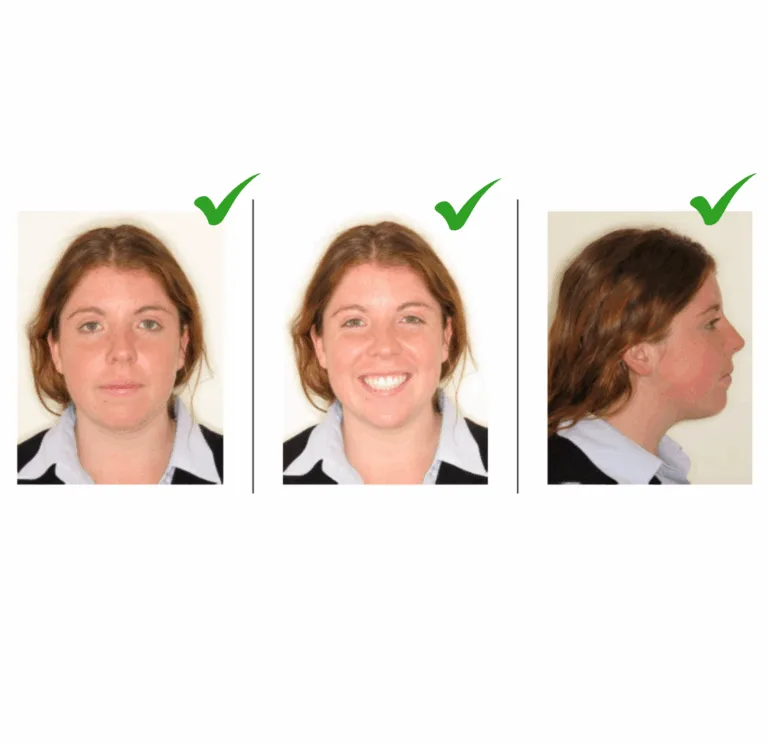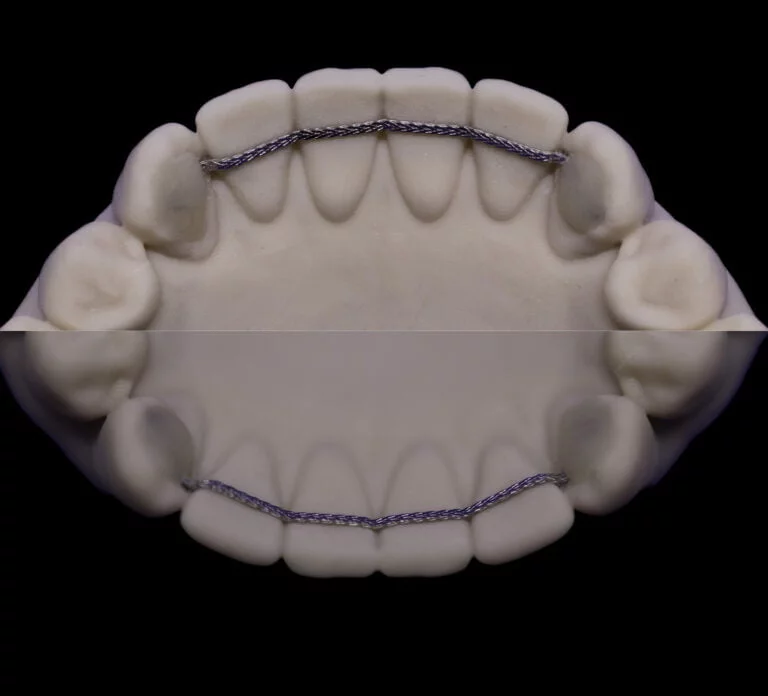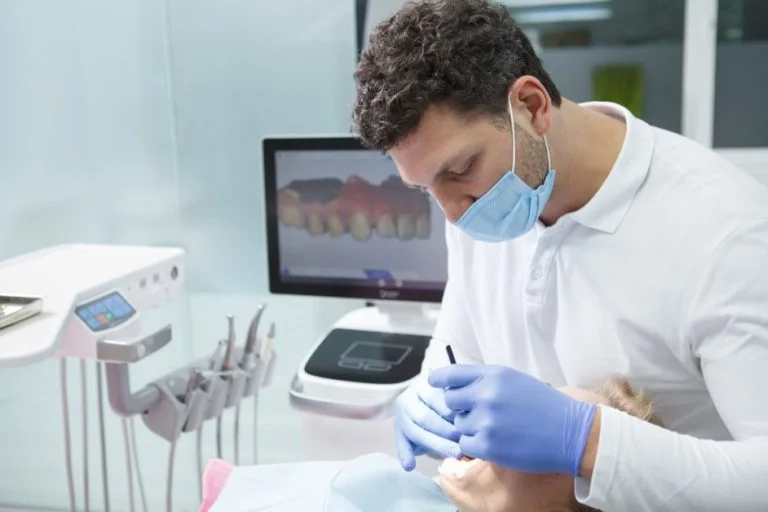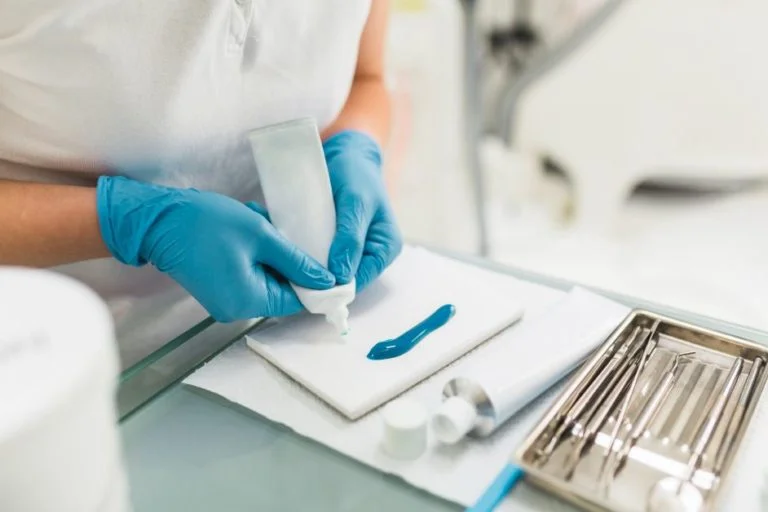Are you a dentist looking to elevate your dental restorations? Or perhaps you’re just an avid dental enthusiast interested in new technologies. Whatever it is, the breakthroughs of computer-aided design (CAD) and computer-aided manufacturing (CAM) technologies are your keys to success in the modern dentistry world. They’re a revolutionary tool in dentistry that you need to know about.
Understanding CAD/CAM Dentistry
CAD/CAM dentistry stands at the forefront of dental technologies, aiming to simplify, enhance accuracy, and increase efficiency in dental treatments. By utilising this advanced technology, dentists can now seamlessly create a wide array of dental prosthetics out of a single block of material.
What is CAD/CAM Dentistry?
CAD/CAM dentistry is a branch that deploys cutting-edge design and manufacturing tools, making dental processes more straightforward for professionals and patients. This methodology includes using sophisticated scanners, which digitally capture the patient’s mouth and teeth, doing away with traditional impressions. The precise 3D models of the mouth are then fed into a 3D printer. Here, the data is transformed into dental prosthetics, made from various restorative materials, with pinpoint accuracy.
How Does CAD/CAM Technology Work in Dentistry?
The process begins with a digital scan of the patient’s teeth using an intraoral scanner. This scan produces a high-detail 3D image, essential for creating customised dental restorations. The subsequent use of CAD software facilitates the design of the restoration, tailored to the patient’s needs. Then, CAM software springs into action, generating precise manufacturing instructions for the 3D printer. It selects the appropriate material, like ceramics or metal, and continues with the fabrication process. Through this intricate digital workflow, dental professionals can achieve unparalleled accuracy and efficiency in their prosthetic creations.
Advantages Over Traditional Methods
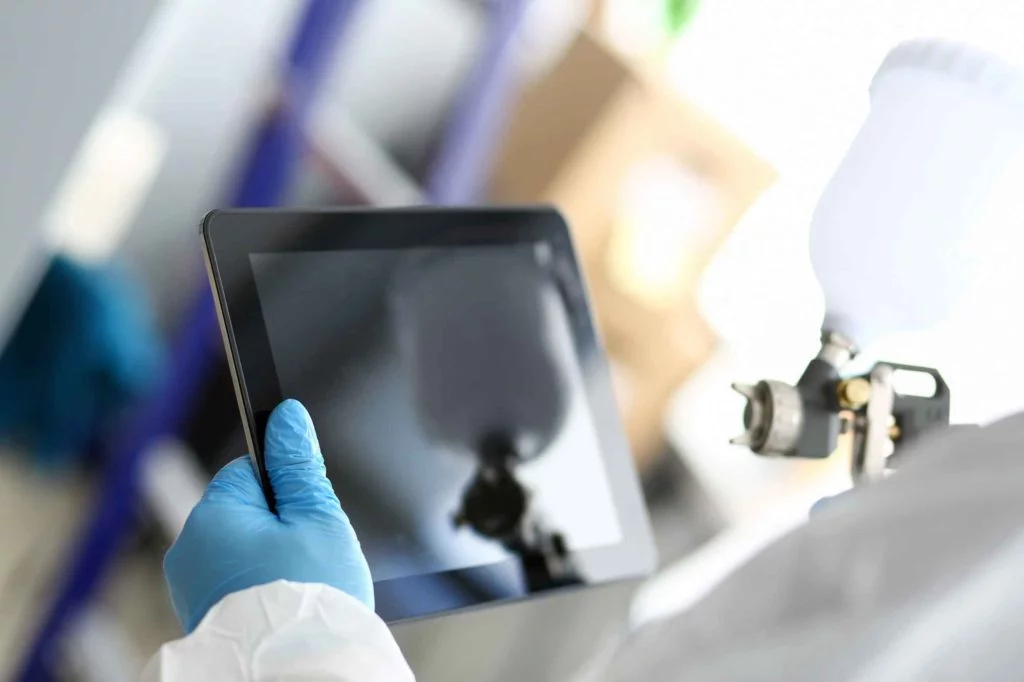
CAD/CAM dentistry merges cutting-edge computer software and hardware like CAD software, advanced cameras and 3D printers. It’s often referred to as digital dentistry for its reliance on technology in dental procedures. In contrast, traditional dentistry relies on manual procedures, making it time-consuming and intense. Dentists typically take a manual impression of the restoration area, which is then sent to a laboratory. There, the impression is transformed into a cast, and the technicians use this cast to make the dental implants, which are then returned to the dentist for treatment.
Reduced Treatment Time
Procedures under CAD/CAM dentistry are efficiently completed within two hours, a stark difference from the several visits often required by patients. The system’s use of computer software and high-tech cameras ensures precision that surpasses traditional techniques.
Improved Accuracy and Precision
This technological approach significantly improves the accuracy and precision of dental restorations so your patients receive the best results, tailored just for them.
Long-Lasting Dental Restorations
Durable Materials and Strong Bonding
Restorations created with CAD/CAM technology are renowned for being durable and long-lasting. The materials, including ceramic and zirconia, are of high quality. They fit precisely and form a strong bond with the tooth, reducing future problems. Patients can be sure their restored smile will last for many years without worry.
Reduced Risk of Complications
The precision of CAD/CAM dentistry reduces complications like fractures and chips. Patients can trust their restorations to keep their shape and function well over time. This reduces the need for future repairs. It makes for a more pleasurable and hassle-free experience with dental work.
Applications in Dental Restorations
CAD/CAM dentistry has significantly advanced dental restorations. It brings a plethora of methods to enhance patient well-being. From fillings to crowns, implants to dentures, it covers a broad spectrum of procedures. For example, fillings can be either direct, like silver or composite fillings, or indirect, including inlays and onlays. The latter which involves ceramic veneers or bridge teeth, might necessitate multiple visits. Materials range from gold to specially crafted composites.
Crowns and Bridges
The utilisation of CAD/CAM makes crafting custom crowns and bridges easier. These seamlessly fit with the patient’s original teeth. Over the years, the adoption of CAD/CAM in dentistry has soared. Avant Dental, for instance, leverages cutting-edge digital CAD/CAM for its products. This approach simplifies conventional procedures, reducing both the time and work essential for high-quality dental fixations at the dental lab.
Veneers
CAD/CAM is especially proficient in manufacturing bespoke veneers. These restorations can mimic the appearance of natural teeth with great precision, thus delivering an impeccably aligned aesthetic. A significant advantage is the swiftness with which digital scans are conducted, vis-a-vis physical impressions. This lessens the time patients spend in the chair, making their visits shorter.
Dentures and Implants
In creating dentures and implants, CAD/CAM is pivotal. After their placement, patients should stick to soft foods, avoiding some items for a day. They should also maintain their oral hygiene by regular brushing and flossing. Challenges that may arise post-treatment include tooth sensitivity and discomfort, although infections and allergic responses are infrequent. Fit issues like cracking or improper alignment might also occur.
Patient Comfort and Convenience

We put patient ease and convenience first at our dental clinic. CAD/CAM dentistry does away with messy impressions and temporary fixes, making visits smoother and more efficient for everyone. This approach enhances the dialogue between dentists and patients. They can look over the treatment plan and voice any concerns beforehand.
Eliminating Messy Impressions
Remember the discomfort of traditional impressions? Now, with CAD/CAM’s digital alternatives, such discomfort is history. The process is swift, accurate, and stress-free. Our patients are spared the unpleasantness of physical impressions, significantly boosting their dental visits.
Fewer Visits and Temporary Restorations
CAD/CAM’s marvel not only simplifies impressions but also quickens treatments. Many procedures can be completed in just a few hours. This leads to fewer visits, minimising time in the dental chair. Additionally, it reduces the need for temporary restorations, which are often bothersome.
Improve Dental Restorations With CAD/CAM Technology at Australian Dental Labs
CAD/CAM dentistry has truly transformed dental restoration. It’s far superior to traditional techniques. This modern approach uses advanced technologies in designing and crafting dental prosthetics. It has enhanced the overall quality and comfort of dental work. Additionally, it has cut down on the time and costs involved.
This new method brings numerous benefits for both dentists and their patients. Benefits include increased accuracy, precision, and personalisation. It also improves the process’s efficiency and offers durable restorations. This happens before any procedures begin.
Get in touch to discover the advantages of CAD/CAM dentistry at Australian Dental Labs. Call us at (03) 9470 4500 today. Find out how our advanced technology can help your clinic.
